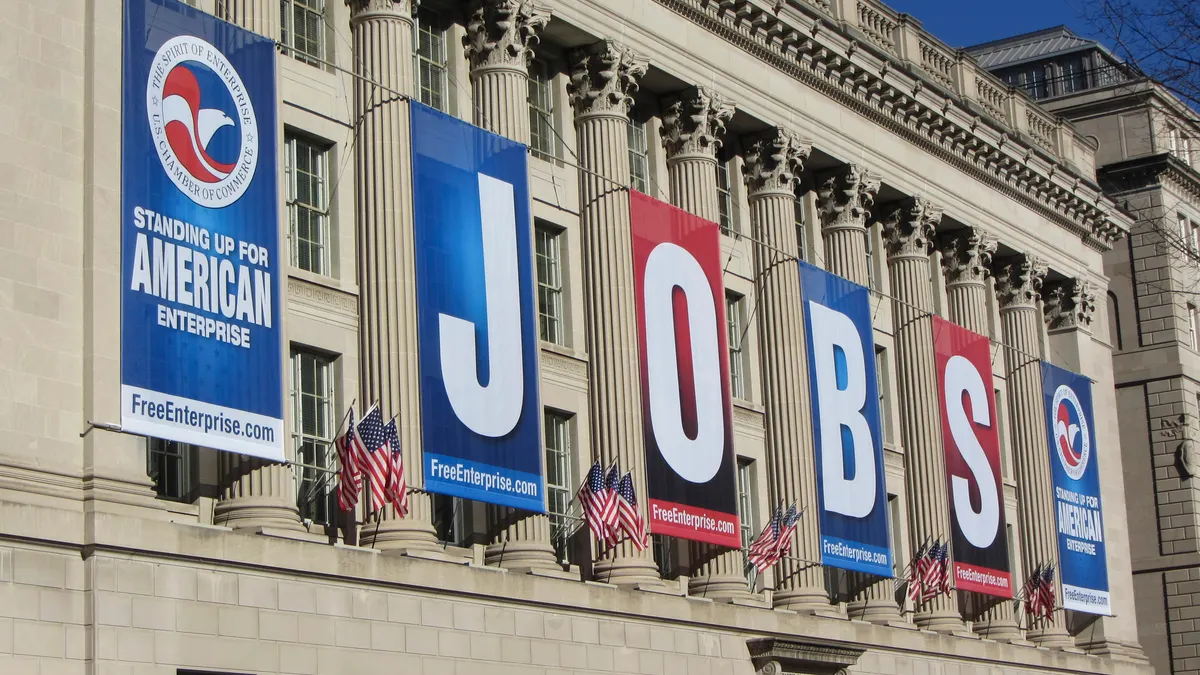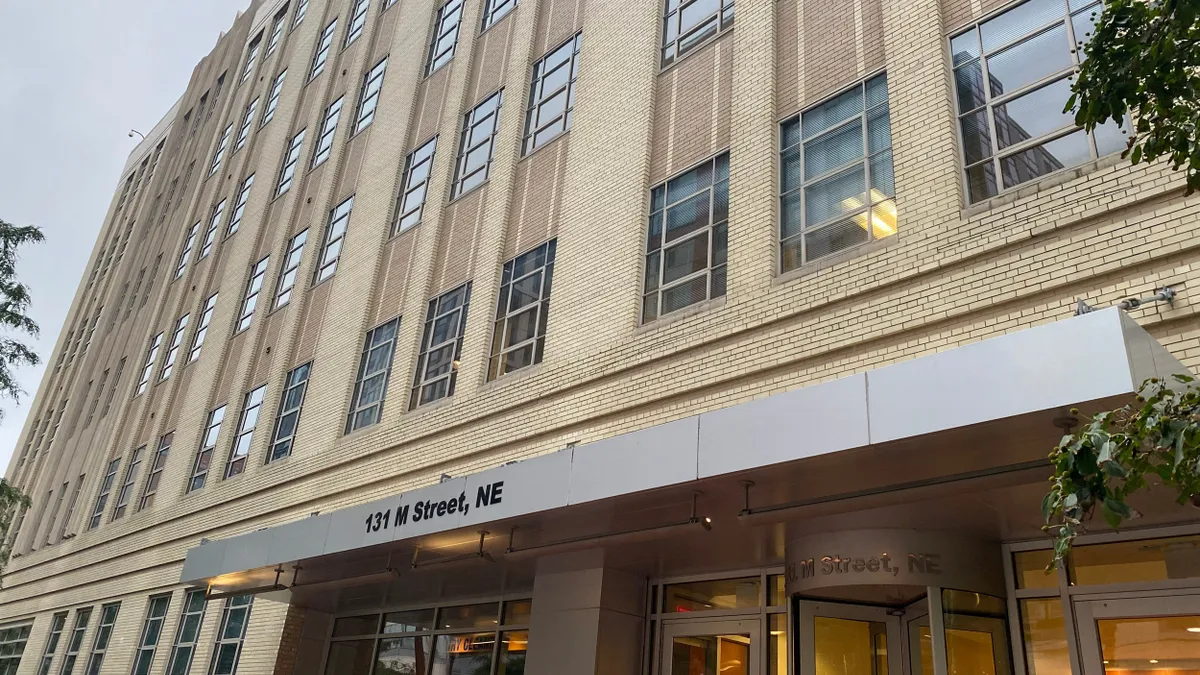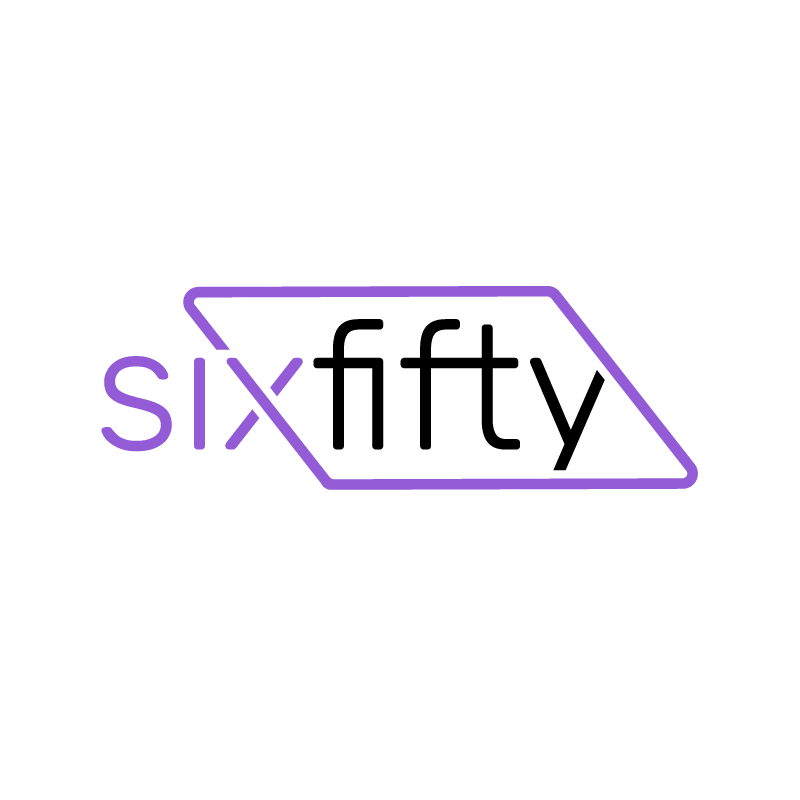It’s not yet Halloween, but things in the HR world could be summed up as “spooky,” Zach Nunn, CEO of experience management firm Living Corporate, told HR Dive.
U.S. organizations have asked their HR teams to conduct a record number of layoffs this year — often doing so multiple times throughout the course of 2025 in a “serial” fashion, according to a recent Careerminds survey. But while organizations focus on cutting costs through attrition, they also are deprioritizing investments in current staff, according to Nunn.
“The reality is that people initiatives are just not being invested in,” he said. “What we’re seeing is a large-scale divestment from the employee experience in the day-to-day work, and that’s a scary place to be in, because if we’re not going to be investing in people, how do we create healthy experiences for customers?”
HR professionals are feeling squeezed, too, according to a SHRM’s 2025 State of the Workplace report published in March. The association found that 62% of professionals were working beyond their capacity, and 57% said their departments were understaffed.
Industry analysts expected that 2025 would bring its share of challenges, from the push to adopt artificial intelligence, reframe DEI playbooks and adapt talent operations to market fluctuations. More than halfway through the year, those predictions are largely holding true, sources who spoke to HR Dive said, though some trends have taken a few unexpected turns.
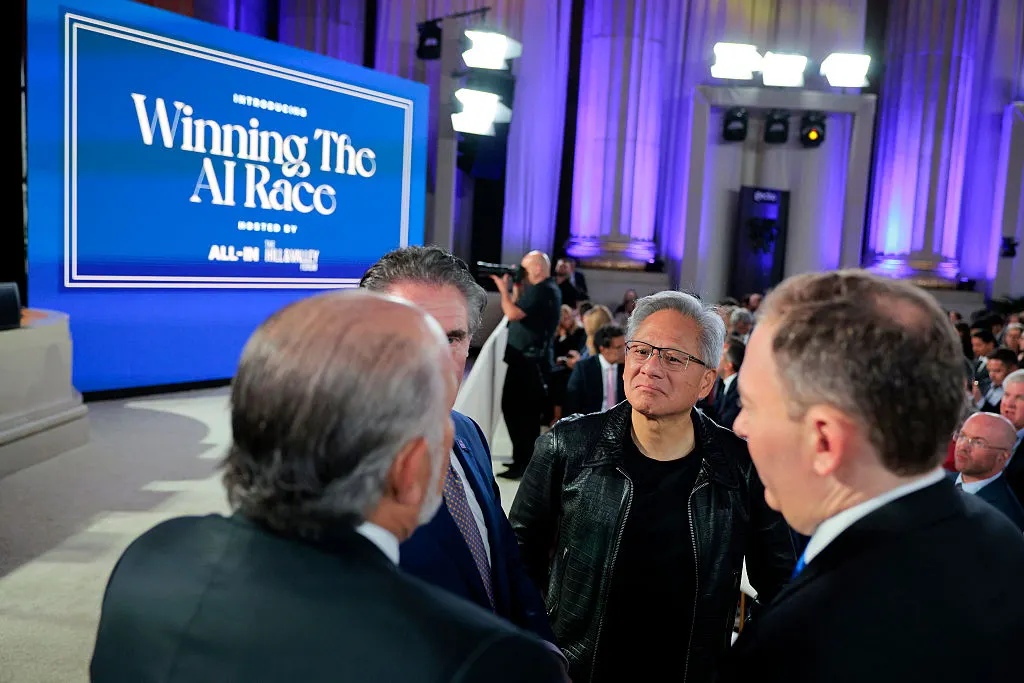
The AI hype cycle hits some roadblocks
After years of hype, AI has become increasingly mainstream at work, with a May Owl Labs report finding that 67% of companies integrated AI tools into their organizations for work-related purposes. But there are cracks beginning to show on the adoption front as employers struggle to find good use cases for the technology, said Emily Rose McRae, senior director analyst at Gartner.
A common sticking point is that workers simply don’t have the knowledge to properly use AI, which necessitates additional training. But when leadership teams go to HR with a request to improve training or build employee skill sets to better take advantage of AI, “that is unfortunately not terribly realistic,” McRae said, because the learning curve involved is often too steep.
Generative AI adoption faces other barriers from unclear use cases to meager productivity gains — some vendor estimates show that while the tech can save users minutes of work in a typical day, the tools “don’t have a drastic impact on productivity,” McRae said. As a result, executives are looking to HR to not only identify good use cases for AI but also to upskill workers to ensure uptake is possible in the first place.
“That is really a tricky spot to be in,” McRae said. “HR has a responsibility around training, but it also has a role in reshaping executives’ expectations and getting people to reimagine the outcomes that are possible.”
As if to underscore these difficulties, a recent MIT report found that the vast majority of enterprise generative AI pilot programs, 95%, had no measurable profit-or-loss impact on their organizations. The report’s findings don’t mean that AI has no impactful use cases, McRae said, but they do show that identifying the correct use cases may not be as easy as vendors would have HR believe.
In the near-term future, she added, HR will need to specify what goals AI is being used to achieve within the organization, whether this is employee adoption, participation training or some other metric. “Ultimately, you have to figure out what stakeholders want in the short term [and] set it against your longer-term goals, which might mean resetting expectations.”
This is also likely to mean that HR will need to work across departments, including with information technology and individual team leads, to determine how AI can best be of use to employees or choose existing resources that could better fulfill certain goals than AI.
Nunn said company expectations around AI present their own hurdles. AI can contribute to business strategy and processes in much the same way as a college intern might, he added, but the push by organizations to outsource departments wholesale to the tech is likely unrealistic given AI’s limitations.
“Unfortunately, we’re seeing large-scale applications of AI when it comes sourcing, recruiting and background checks — essentially seeing whole HR departments being replaced by one bot,” Nunn said. “It’s not to say that AI doesn’t have a role in HR processes — a lot of what we see as HR is very transactional, repetitive and monotonous — but it is to say that there’s an opportunity for organizations to, instead of wholly replacing people, to upgrade the role, not necessarily replace the role.”
There are some signs that organizations have begun to recognize that reality. Nunn pointed to 2024’s news that McDonald’s rolled back its plan to implement AI cashiers in its drive-thrus as an example, while Gartner published research earlier this year showing that some 40% of agentic AI projects could be cancelled by the end of 2027 due to costs, unclear business value or inadequate risk controls.
Nunn said it’s natural for companies to overindex on technology trends, but there is still a need to figure out what AI’s real value proposition is. “The scary part is that, while we’re fighting that out in real time, we’re seeing human beings be negatively impacted,” he added, referencing recent layoffs as well as the ongoing discrimination lawsuit against HR vendor Workday over its automated hiring systems.
It will be important for HR departments to ensure their vendors are not committing the same mistakes that people typically commit when reviewing candidates’ resumes, conducting background checks and similar practices, Nunn said.
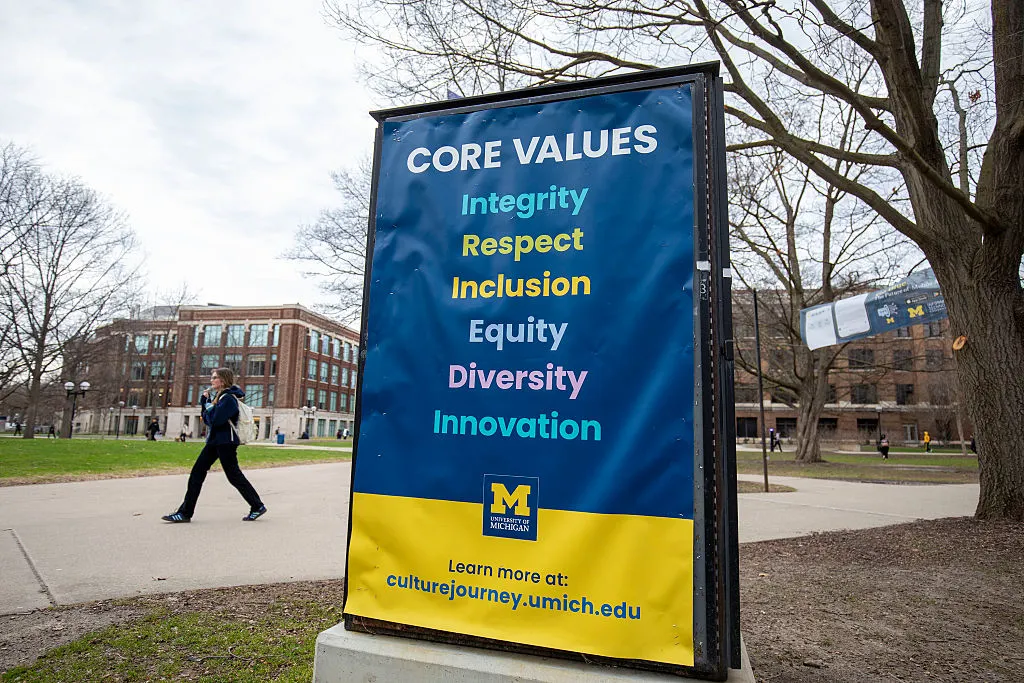
Practitioners keep DEI alive with focus on business goals
The gloomy outlook diversity, equity and inclusion programs faced at the beginning of 2025 has largely held. As many as 1 in 5 employers have jettisoned their programs since the reelection of President Donald Trump — an outspoken DEI opponent — according to a Resume.org survey, with more expected to do so over the next year.
Trump, in his first year back in office, initiated a broad federal crackdown on DEI, targeting both public- and private-sector workplaces that maintained DEI programs. The U.S. Equal Employment Opportunity Commission has also sent letters threatening to investigate employers for diverse hiring practices, certain employee resource group customs and similar activities.
DEI practitioners nonetheless continue their work and, in doing so, have in some cases refined their programs to respond to the backlash. That’s the approach taken by meal delivery company Feast & Fettle, according to Kyla Hanaway-Quinlan, the company’s chief operating officer and head of people.
Specifically, Feast & Fettle’s DEI programming is focused on building and investing in the organization’s talent with an emphasis on upward mobility and equal opportunity, she added, independent of the broader cultural and political temperature on the subject. Hanaway-Quinlan said she believes this strategy avoids backlash that, in her view, has come in response to programs that were hastily designed or more focused on virtue signaling than business goals.
“My lens on this is that there was a lack of understanding or intentional design around what value having equity in your workforce provides to your organization,” Hanaway-Quinlan said. “And so it is in some ways unsurprising that the wheels are starting to come off, because [DEI programs] were not always substantial or grounded in the business needs to begin with.”
Hanaway-Quinlan said her organization’s programs tie back to Feast & Fettle’s desire for the upward economic mobility of its employees as well as the external barriers that inhibit this mobility. That perspective comes from Feast & Fettle’s experience hiring workers from diverse backgrounds, including work with community groups that support people who are formerly incarcerated, have developmental disabilities or who are experiencing homelessness.
“Your systems have to work towards the goal you’re trying to accomplish.”

Kyla Hanaway-Quinlan
Chief operating officer and head of people, Feast & Fettle
In that sense, DEI is less about specific demographics like race or gender, and more so about the broad array of lived experiences employees bring to the workforce. “Lived experiences are not just an experience of when you’re filling out your EEOC form and what boxes you’re checking,” Hanaway-Quinlan said. “It’s broader than that.”
Feast & Fettle hasn’t changed the way it talks about DEI largely because “the language was always geared toward upward mobility and economic pathways for people who’ve worked in hospitality and experienced barriers to employment,” Hanaway-Quinlan continued.
On the recruiting front, Hanaway-Quinlan said the company sticks with a similarly intentional approach that focuses on community, which means showing up to networking events where the talent pool it wants to cultivate shows up. It also works in partnership with local organizations and taps existing employees’ networks for referrals.
“It really starts with an initial program design that is built around business objectives,” Hanaway-Quinlan said, with the most important of these being delivering value to customers. “Your systems have to work towards the goal you’re trying to accomplish.”
Opposition to DEI is an obstacle, but employers can take the opportunity to understand why people feel that DEI has made them unable to access something, or why working toward values like equity make them feel left out, Hanaway-Quinlan added.
“Engaging with more curiosity generally helps conflict resolution,” she said, noting that, if employees oppose DEI or an element of DEI, “I truly want to understand what that means to them and why it is that they don’t feel part of that conversation.”
Overall, Gartner’s McRae said she is seeing a “strong shift” toward inclusion in DEI work, as companies seek to retain diverse workforces while recognizing the pressures created by the broader environment to dial back. One barrier to address is the difficulty of measuring inclusion, which is not as easily quantified as other elements of DEI; “that doesn’t mean you can’t do it, it just means it takes more work,” McRae said.
Employers can reshape their programs in other ways, transitioning away from using potentially illegal metrics like quotas or creating advancement programs only for employees of a particular race or gender. In deciding how to choose participants in a mentorship initiative, for example, McRae said employers could ask interested employees to write an essay on why a lack of mentorship has hurt their careers.
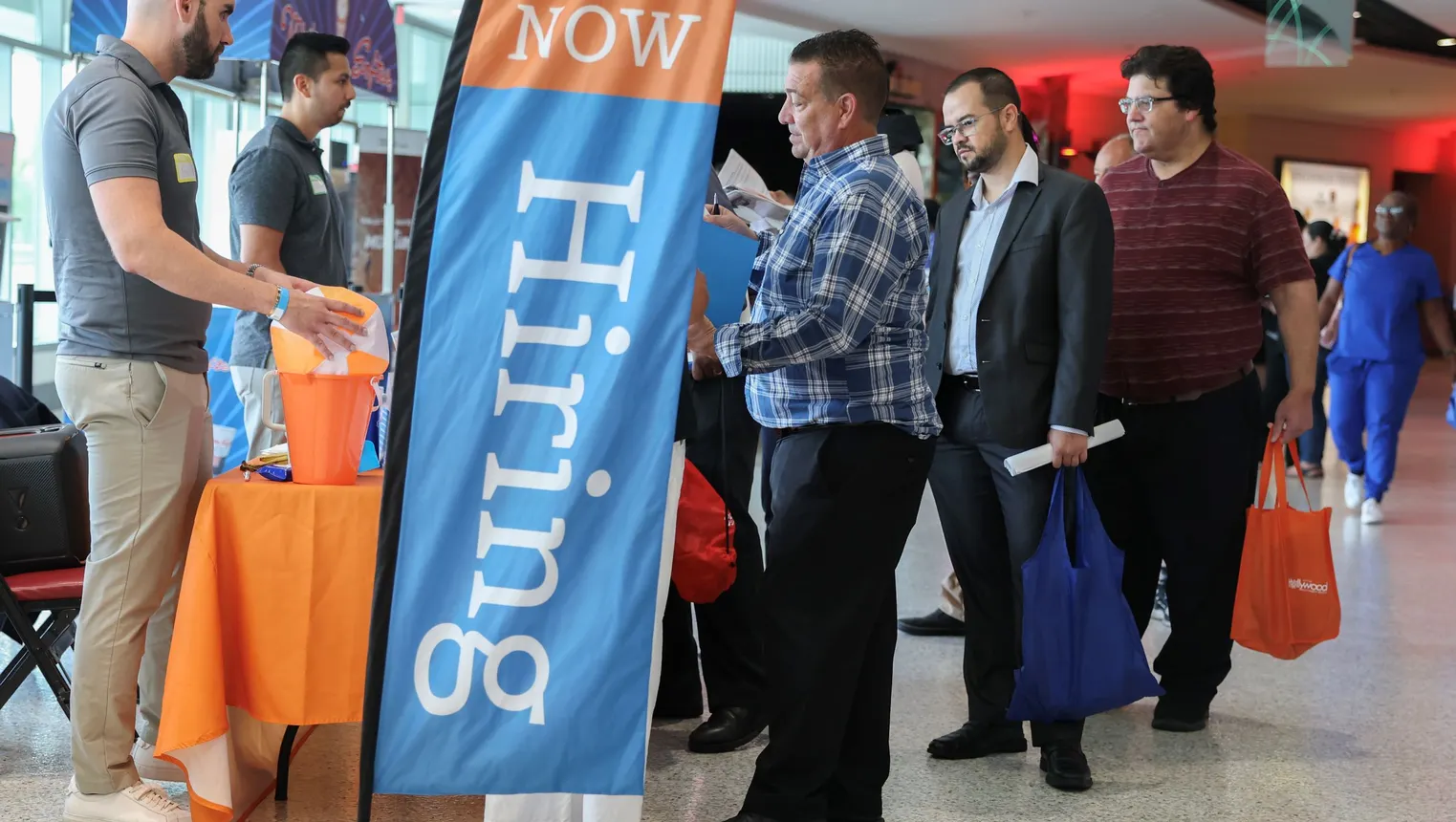
The employer-friendly job market may not be what it seems
With layoffs surging and workers sometimes clinging to their jobs for fear of a lack of opportunities elsewhere, it may be easy to assume that the market is leaning in employers’ favor. AI is playing a role here, too, with respondents to a Shopify survey released in April admitting that the tech factored into their layoff decisions.
The push to automate more work and shed payroll points to a broader question about the state of the employee-employer relationship, Nunn said, and HR needs to pay attention to those dynamics moving forward.
“HR is in a tough position,” Nunn said, and that is especially the case with AI, where departments may feel pressured to deploy the tech without first analyzing what the implications of a botched or ineffective rollout might be. Professionals have to ask the right questions about AI in order to be true business partners, he added.
Pushing back on AI and other top-down initiatives might not feel natural to HR, but “the last thing you want to do is go along with [them] and then realize you also don’t have a job,” Nunn said.
Not all observers agree that the slew of layoffs and similar dynamics necessarily reflect an employer-friendly talent market, however. McRae said employers continue to struggle with changing employee needs and what job candidates believe they are willing to tolerate from employers.
“I don’t get the impression that employers are totally comfortable with that shift,” McRae said. This can be seen in areas such as employee benefits, where niche offerings are increasingly in-demand among top talent. Flexibility remains a wish-list item for candidates, too, even as the RTO debate settles.
Employers, McRae said, may be “dreaming of the days when employees would accept what they were given,” compared to the post-pandemic era in which “people were seeing that they could get by with less and were willing to not get a job.”
A downturn could create further changes, but McRae said she isn’t convinced that this would necessarily lead employees to tolerate more restrictive work arrangements.
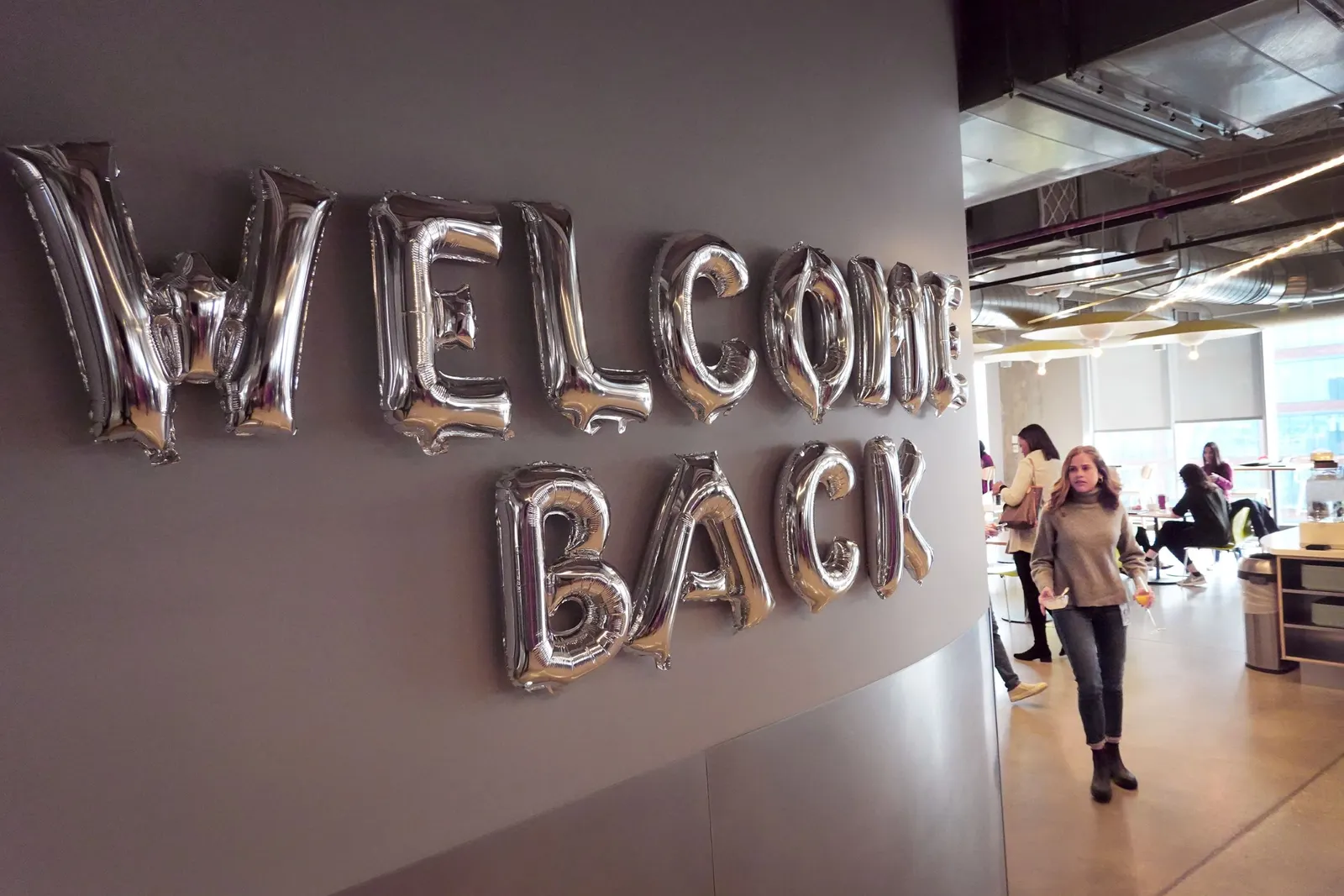
Employees see through poorly executed RTO
Organizations have called employees back to the office for a number of reasons, among them shedding staff. A May report by Resume Templates found that more than half of surveyed companies were using strategies, including mandating extra time in the office, as a means of “quiet firing” workers rather than conducting formal layoffs.
Even so, employers’ approach on flexibility has largely remained the same as in recent years, said McRae. That’s because of the role that flexible work options can play in attracting talent, even if a hybrid model is offered instead of fully remote work. It’s also easy for workers to spot RTO decisions that have weak rationales.
“Employees are well aware when employers have RTO strategies that are based on employer convenience or policy agreements or that sort of thing,” McRae said. “Not many employers are invested in making the time an employee spends in the office a differentiated experience where there is a reason we are asking you to do this as opposed to staying home.”
The trope of calling workers to the office to collaborate is an oft-cited one in executives’ RTO directives, but if employers are earnestly doing so, they need to know how they plan to facilitate this, McRae continued; “if you say it’s because of collaboration or team-building, you better be delivering that.”
Employees need to advocate for the flexibility that they need, Nunn said, but employers also must recognize the potential limits that they are placing on recruitment when they remove flexibility as an option.
“I have four children, and there’s certain jobs I just can’t work,” Nunn said. “If you have employees who need various things, and you’re inflexible on how to provide those things, you’re not going to have an effective workforce or customer experience. You’re not going to win in the marketplace like you want.”
Nunn added that organizations that listen to talent and are mindful about how they support workers can expect to compete well for talent, particularly in the event that the job market takes a more worker-friendly turn.
“Things shift all the time,” he said. “What you don’t want is to have people who are resentful to be here. It’s best to lead with kindness even if you have the capacity to be cruel.”











